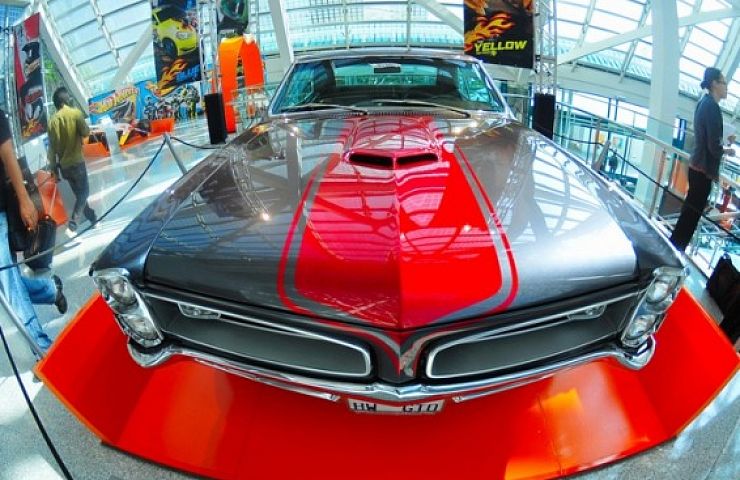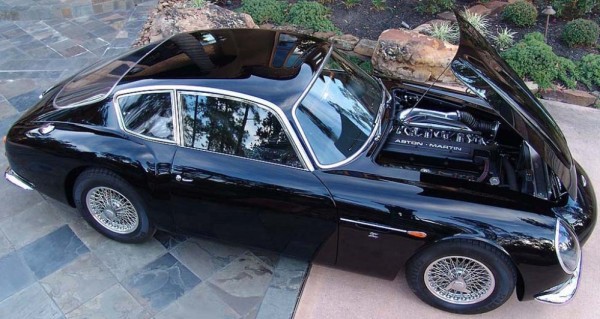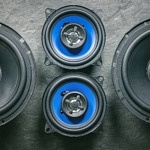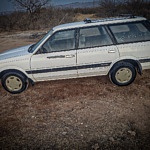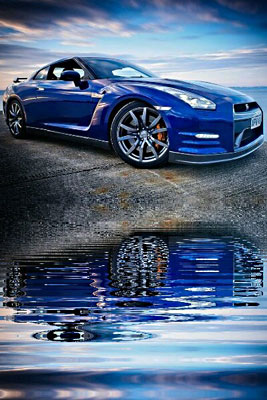
The myriad of bolt-on parts can be confusing for car enthusiasts without a lot of field experience. What is the best way to get more power out of a car or truck, and how much should a person expect to spend on parts and installation?
Find a good tuner
If you’re not the DIY type, the success of your project will depend largely on whom you hire to do the work. Tuners specialize, so it’s important to find a shop with the know-how to work on your particular vehicle. This includes having the proper tools, since today’s high-tech cars require specialized equipment.
While the Internet is a great research tool, personal referrals tend to be more reliable. Visit area car shows, if possible club events focused on particular makes and models. Club newsletters and enthusiast magazines may also have information on area shops that specialize in your type of vehicle.
Make an appointment to visit the shop and chat with the owner. Find out how long he has been in business, and have him describe his experience working on your model vehicle. Ask to see some examples of recent projects the shop has completed. If possible, see if you can contact the car owners, to get a better idea of their experience.
A lot of shops offer performance packages in stages, starting with something as simple as a cold air intake, cat back exhaust, a cooler thermostat and cooler plugs. Each stage builds upon the former one, so the owner can spread his investment out over a period of time, gradually adding power until he achieves the performance he is looking for.
Dynamometer tuning
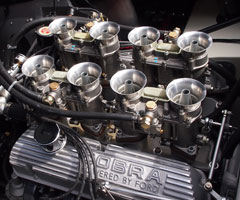
Shelby Cobra V8
“The key to enhancing performance is in the combination of tuning and parts,” said Geoff Skorupa, owner of Next Level Performance in Altamonte Springs, Florida, a suburb of Orlando. “Dyno tuning brings together the modifications with the correct air and fuel mixture to make power. We’ll get modified cars into the shop, dyno them and find out that they’re not making any more power than they would stock, because the installer has failed to dyno tune the vehicles.”
“The proof is in the pudding,” added Chris Hines, co-owner of ArrowLane in Scottsdale, Arizona. Hines, a veteran racecar driver and tuner, believes that the first step in any project is to establish a baseline on a chassis dyno. Hines also suggests doing the wheels, brakes and suspension on the project car first, so that the dyno readings after the power is added will give an accurate picture of how much performance has improved.
“We play the odds at best,” Hines continued. “Adding three components to a vehicle with 20 horsepower each isn’t going to add up to 60. You will get about 75- 80 percent of that… People need to understand that parts need to work together. If you install a blower and are not using the recommended software, it probably won’t work properly.”
Power-to-weight ratio
A car’s curb weight has a major impact on how horsepower enhancements affect the driving experience.
“For example, a new Mustang or Camaro is going to have a curb weight in the range of 3800-4000 pounds,” said Chris Hines. “That means you need to add a minimum of 40 horsepower to feel it in the seat of your pants after you’re done.”
See the big picture
One of the biggest mistakes people make is not taking the entire vehicle into account when they add power under the hood. Doing so places additional load on the entire chassis.
Some of the issues to think about include:
- Is the car’s lubrication and cooling system capable of handling the additional power, or will the new parts require modifications, ranging from a different thermostat to auxiliary oil lines for a supercharger or turbocharger?
- Can the fuel pump supply enough fuel under wide-open throttle? Is the on-board computer’s fuel map compatible with the modifications, or does the ECM need to be replaced as well?
- If the car has a manual gearbox, can the clutch handle the additional power? If it’s an automatic, you might need to add a transmission cooler.
- Can the exhaust system flow enough air, allowing the engine to function efficiently? A restrictive exhaust will create excess backpressure that works against modifications made under the hood. Cat back exhaust systems increase airflow through the engine while maintaining emissions compliance.
- Does the vehicle have enough torsional stiffness to handle the boost in power, or will it need a strut tower brace?
- What about the suspension? Adding horsepower may require installing more robust shocks and struts in order to keep the car stable during high-speed cornering.
- Are the brakes capable of stopping the vehicle after it’s been modified, or does the owner need to upgrade to bigger discs?
- Can the wheels and tires create big enough contact patches with the ground, and do the tires have a high enough speed rating to handle the additional power? Do the tires have the proper speed rating for the modified engine?
Road versus track
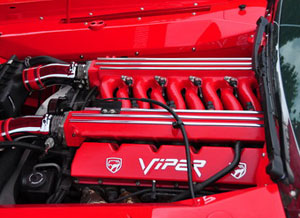
Viper-powered Plymouth Barracuda
Think carefully about how you intend to use the car after you have finished the build-out. If you are planning to race the car, decide on what type of racing you will be doing. Are you more interested in fast quarter-mile times, or participating in club races at area SCCA events? How important is the overall appearance? Are you planning to show the car?
“Make sure that a car that’s a daily driver has a drivable camshaft,” said Geoff Skorupa. “A radical cam may deliver 20-30 more horsepower at the wheels, but it will stall and surge when driven on the streets.”
“Find a place that will tune for reliability, not for the last half a horsepower,” Skorupa continued. Remember that even premium gasoline may vary from station to station in terms of its octane content. Pushing the envelope too far can lead to detonation and perhaps engine damage.
Putting it all together
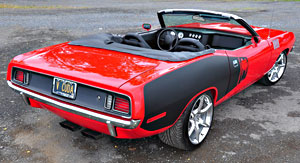
1971 Plymouth Viper-Cuda
“An estimate from a shop is just that,” said Chris Hines. “Keep in mind that the actual cost of the project can vary up to ten percent in either direction.”
Finally, invest in honing your driving skills if you haven’t already done so. Attending a course at a professional driving skill will teach you how to best use and enjoy the performance you’ve invested in for your car.
Tuning for performance is rarely an overnight project, but that’s part of the fun. Each stage of a build-out brings something different to the table. You may find your ideas evolve as your vehicle progresses through the various stages of tuning. Performance is more than numbers: in the end, it’s all about people.
Thanks to Geoff Skorupa of Next Level Performance and Chris Hines of ArrowLane for their expertise in putting this story together.
See Complete Car & Truck Engines for sale on eBay.

